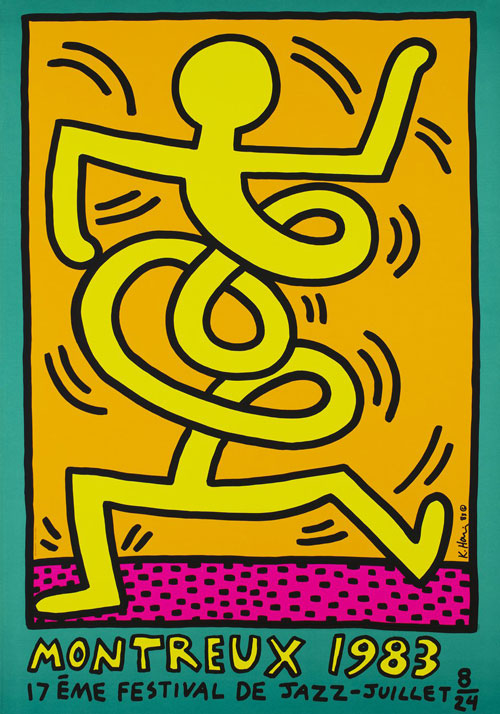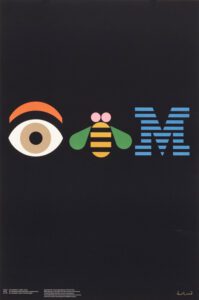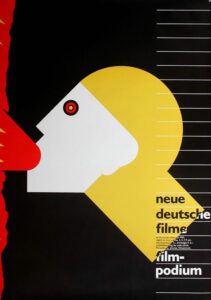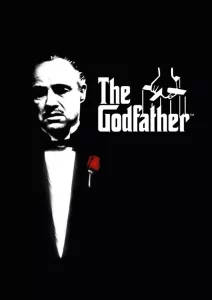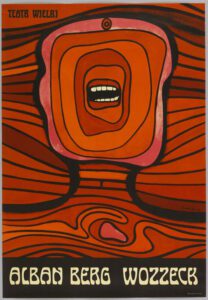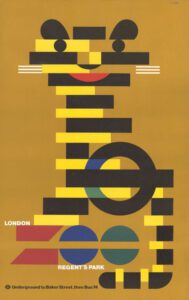

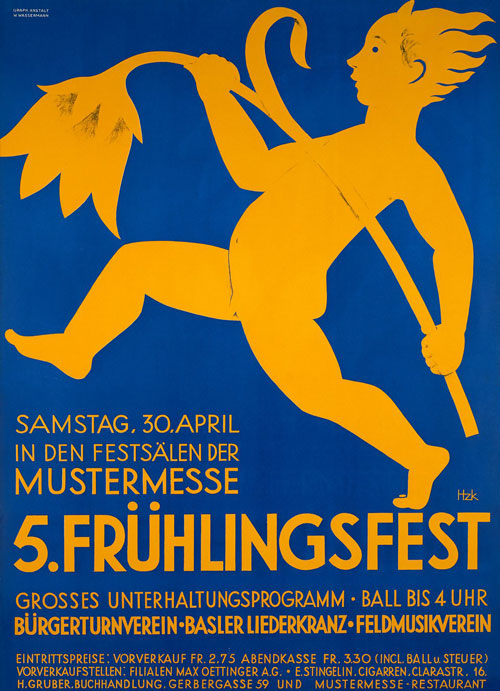
Posters that entertain
Historically speaking, nothing sells a social event like the right poster. Entertainment posters were designed to do just that.
Whether it’s a film, a festival, a fair, or a gig, posters can be emblematic of what an event is about and define its overall character.
Here, we take a look at 12 of the most inspiring entertainment posters from throughout history
Duclerc - Alfred Choubrac circa 1890
The 20 or so years spanning the mid-1880s to the early-1900s were a pivotal period for the development of posters, with this unique art form proving ever more popular thanks to the fact that it was widely used for commercial means.
Alfred Choubrac was one of the many famous French artists who turned their attention to poster art in order to make a living.
His 1890 ‘Duclerc’ poster, which came during the height of the belle epoque period, was used to promote the theatre and cabaret actress of the same name, Mademoiselle Marguerite Duclerc.
Its depiction of the woman as bawdy, vivacious, and colourful was an important part of selling her to a viewership, who were increasingly becoming used to seeing highly sexualised posters.
This evocative poster was commissioned for the Turin International World’s Fair, which took place in 1911.
At this particular Fair, there was a strong focus on the arts, with hugely popular Art Nouveau pieces taking pride of place.
De Carolis’ poster stresses classical – and national – elements of Italian and Roman history, symbolism, and mythology.
